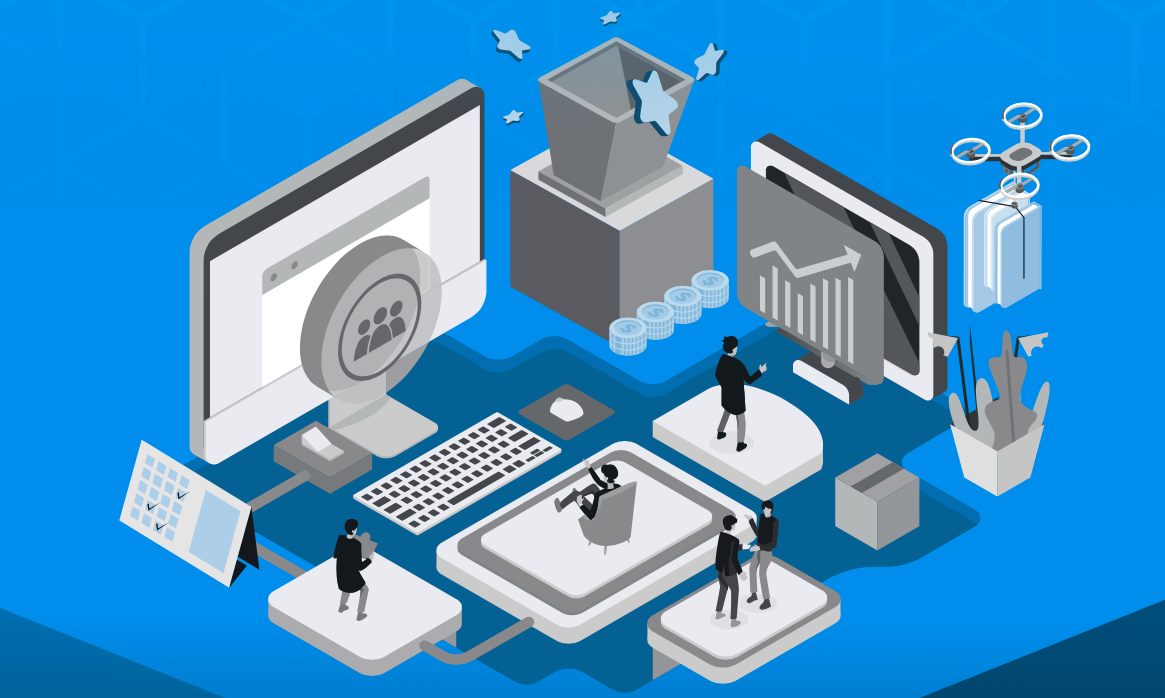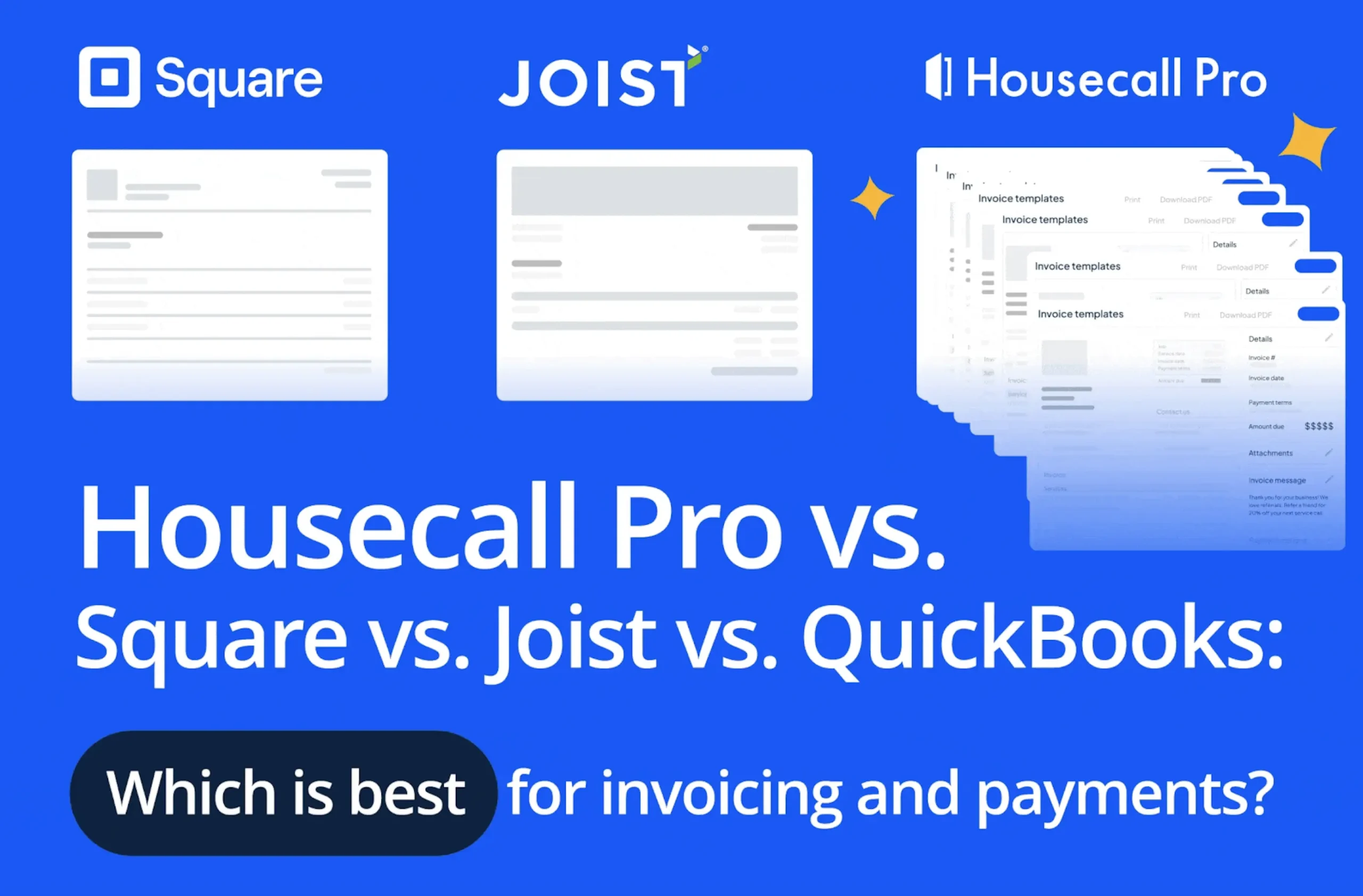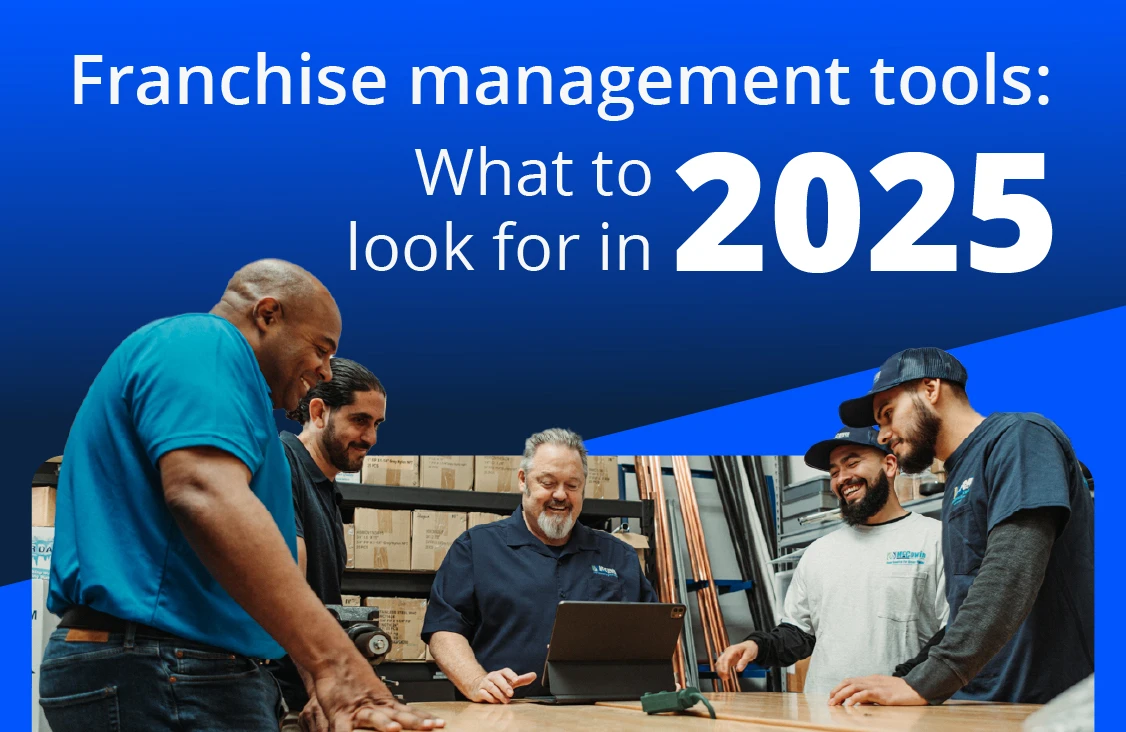
If you have an ad running that directs people to your website, and your website tells people how to contact you, then you already have an active sales funnel. In other words, you already have at least one process in place that leads an interested party through the steps of becoming a customer.
That’s a sales funnel.
Sales funnels are a hot topic right now for good reason. Thinking about the entire process someone goes through to become a loyal customer can help you make your efforts throughout that process more effective. If you search for sales funnels online, you’ll find expensive seminars and marketing companies with big claims about how their customer’s revenue skyrocketed by improving their sales funnels
But keep in mind that most of these strategies were not designed with home service companies in mind. A sales funnel that works for eCommerce or other digital industries is not going to work as efficiently on a homeowner looking for a local home service pro.
This is why we designed a sales funnel strategy specifically for local home service pros. In this guide, we’ll look at the four stages that homeowners go through to become a customer and how to improve them.
Here’s an overview of the four stages
Build your sales funnels
Stage One: Awareness and Interest
Goals: Attract more leads, build brand awareness
Generate awareness of your company (i.e. create leads) through marketing, chat features, and promotion endeavors. Pique and maintain their interest with information and offers that build trust and help your company stand apart. To get more people into the funnel, consider using the following:
- Web searches
- Lead generation sites
- Print advertising
- Truck/van wraps
- Lead generation sites
- Digital ads
- In-person networking
- Referrals
- Social Media
- Yard Signs
Stage Two: Engagement
Goals: Get people to interact with the company, obtain contact information for follow-ups and request appointments.
Once you have their interest, use calls to action that drive customers to take the next step, such as requesting a quote, signing up for your newsletter, or booking a service call.
Get more people to engage with these calls to action:
- Book online
- Follow on Facebook
- Request estimate
- Call now
- Sign up for newsletter
- Chat online
Stage Three: The Sale
Goals: Close more sales, upsell, sell recurring service plans.
Now that they’ve engaged with your company, it’s time to earn their business. From here, your trained customer service reps and technicians help turn a prospect into a customer.
Close more sales by providing:
- Estimates
- Specials and deals
- Customer service & sales
- Post-estimate follow-ups
- Financing options training for CSR’s and techs
Stage Four: Retention
Goals: Turn one-time customers into loyal customers and brand advocates.
Many home service companies do not spend enough time on this stage. Plan follow-up efforts that help re-engage one-time customers and encourage referrals.
Keep more customers with:
- Post-job follow-ups
- Referral programs
- Acts of appreciation for
- Recurring service plans
- Newsletters existing customers
Strengthen Your Funnel With Housecall Pro’s Sales Proposal
With Housecall Pro’s sales proposal software tool you will win more sales, boost ticket sizes, and offer consumer financing.
Learn how to offer a better customer experience and book a demo today.
Improve Your Sales Funnels
Step One: Set Goals and Targets to Identify Where You’re Losing People
Are there not enough people entering the funnel to begin with, or is your funnel leaking somewhere?
Not everyone who enters your sales funnel will become a customer (or a loyal customer). But looking at the sales process in its entirety can help you identify major strengths and weaknesses and assess where you need to do more work.
Not enough leads entering the funnel
- People aren’t finding you.
- Ads aren’t attracting the right viewers.
Interest doesn’t lead to engagement
- Info isn’t what customers are looking for.
- No clear calls-to-action. ENGAGEMENT DOESN’T
Lead to a sale
- Competitors respond faster to requests.
- No follow-ups after estimates.
Customers don’t return
- No follow-ups after service.
- No processes to re-engage them.
For instance, according to Juliette Riddle, former marketing director of a large plumbing, heating and cooling company, a common “leak” is not following up once or even multiple times after estimates. This is where many home service companies miss out on a sale and where an HVAC service estimating software like Housecall Pro can help.
When her own company made one person solely responsible for this task, they saw a dramatic increase in revenue.
So how do you know where you’re losing people? Start tracking the numbers.
Here are some key performance indicators (KPIs) to consider tracking at each stage:
- Awareness and Interest: Social media followers, website traffic, ad click-through-rate, return on ad spend.
- Engagement: Newsletter signups, email open or click-through rates, number of calls from potential customers, number of quotes requested or estimates given.
- The Sale: Quotes or estimates that converted, average job size, maintenance agreement plan sign-ups.
- Retention: Number of maintenance agreement plan renewals, number of return customers, customer satisfaction rating, number of positive reviews.
Each quarter, are you attracting more leads or is your phone ringing less often and are less visiting your website? Are you signing more recurring service plans or maintenance agreement places? Is the percentage of people renewing them increasing or decreasing?
By comparing your numbers at each stage, you’ll begin to see where your strengths and weaknesses are and where you need to put more effort.
Action Items
- Figure out which KPIs are important to you at each stage.
- Create a plan to track and review them.
- Identify where your sales funnel is the weakest and implement new processes to strengthen those areas.
Step Two: Tailor Funnels to Your Ideal Customers
Who are your best customers or who do you wish you could work with more? It could be folks in specific neighborhoods or homeowners looking for specific services. Or it could be realtors or small businesses.
If you know the type of customer that offers the biggest return, these are the people you want to attract into your sales funnel.
Design Your Funnels with Your Ideal Customers in Mind
Here are some examples of why this is important:
- You meet a general contractor and give him your business card. He visits your website and there’s nothing about your experience working with contractors on new construction or remodels.
- You’re interested in attracting more installation jobs. You create a couple of blog posts that talk about installing (a water heater/a new furnace) and then post links to the blogs on Facebook. But the rest of your website primarily focuses on emergencies, and customers don’t know where else to find further information about installations.
You can only tailor your funnels around your ideal customers if you know them: how they search for companies, what they look for, and what they want.
Design Your Funnels Around the Action You Want Your Customers to Take
Funnels are all about encouraging specific actions. But the ideal actions can vary depending on the customer.
A commercial client may find you through something like BNI or the Chamber of Commerce, and the next best step would be a phone call or in-person meeting to discuss a long-term project or contract. Conversely, a homeowner in the middle of an emergency situation is more likely to find you through a Google search and will be ready to book immediately.
We suggest identifying what you want a customer to do (such as sign up for a newsletter, book online, call your office) and then working backward to figure out how to best get them there.
The following shows some of the strengths and weaknesses of specific actions, when and who they may work best for.
Email Funnels (Drip campaigns)
May work best for:
- People making big buying decisions (new appliances, remodels, etc).
- Maybe customers are not ready for service purchases yet.
Pros and Cons:
+ Once you have their contact info, you can continue retargeting them.
+ You can win over unsure buyers by answering their questions without taking up staff time.
+ Passive process (requires little upkeep after it’s up and running that can lead to big sales.
+ Can add value to existing customers and aid in retention.
– Hard to create a sense of urgency.
– Slow sales process.
– Takes work to set up properly.
Online Booking
May work best for:
People ready to book a service call, diagnostic or estimate appointment.
Pros and Cons:
+ Win new jobs during off-hours and without taking staff time
+ A sense of pricing decreases low-ball customers.
– Have to give up some immediate control over appointment booking.
– Customers don’t always know what they need. Setting up clear service options can take time.
Contact Form
May work best for:
People ready to book a service call, diagnostic or estimate appointment.
Pros and Cons:
+ You can ask questions to gain valuable background info from a prospect.
+ Gives you time to research prospects before following up.
– Frequently not used properly (for instance, used in emergencies).
Phone number
May work best for:
Homeowners with follow-up questions or issues with online booking
Pros and Cons:
+Direct contact with someone who can obtain the necessary customer information and close a sale.
– Only valid when staff is available to take the call or respond to a voicemail.
– Easy for prospects to take business elsewhere if they don’t get a quick response
Action Items
- Make a list of all major services and types of customers you want to target.
- Chart out common sales journeys for each and identify snags.
- Make changes to your marketing plan and sales processes accordingly.
Where to Go From Here
In a follow-up guide, we’ll be looking at how to implement three specific sales funnel strategies: email drip campaigns, landing pages, and retargeting ads.
Complete Checklist
- Figure out which KPIs are important to you at each stage.
- Create a plan to track and review them.
- Identify where your sales funnel is the weakest and implement new processes to strengthen those areas.
- Make a list of all major services and types of customers you want to target.
- Chart out common sales journeys for each and identify snags.
- Make changes to your marketing plan and sales processes accordingly.
Strengthen Your Funnel With Housecall Pro’s Sales Proposal
With Housecall Pro’s sales proposal tool you will win more sales, boost ticket sizes, and offer consumer financing.
Learn how to offer a better customer experience and book a demo today.







